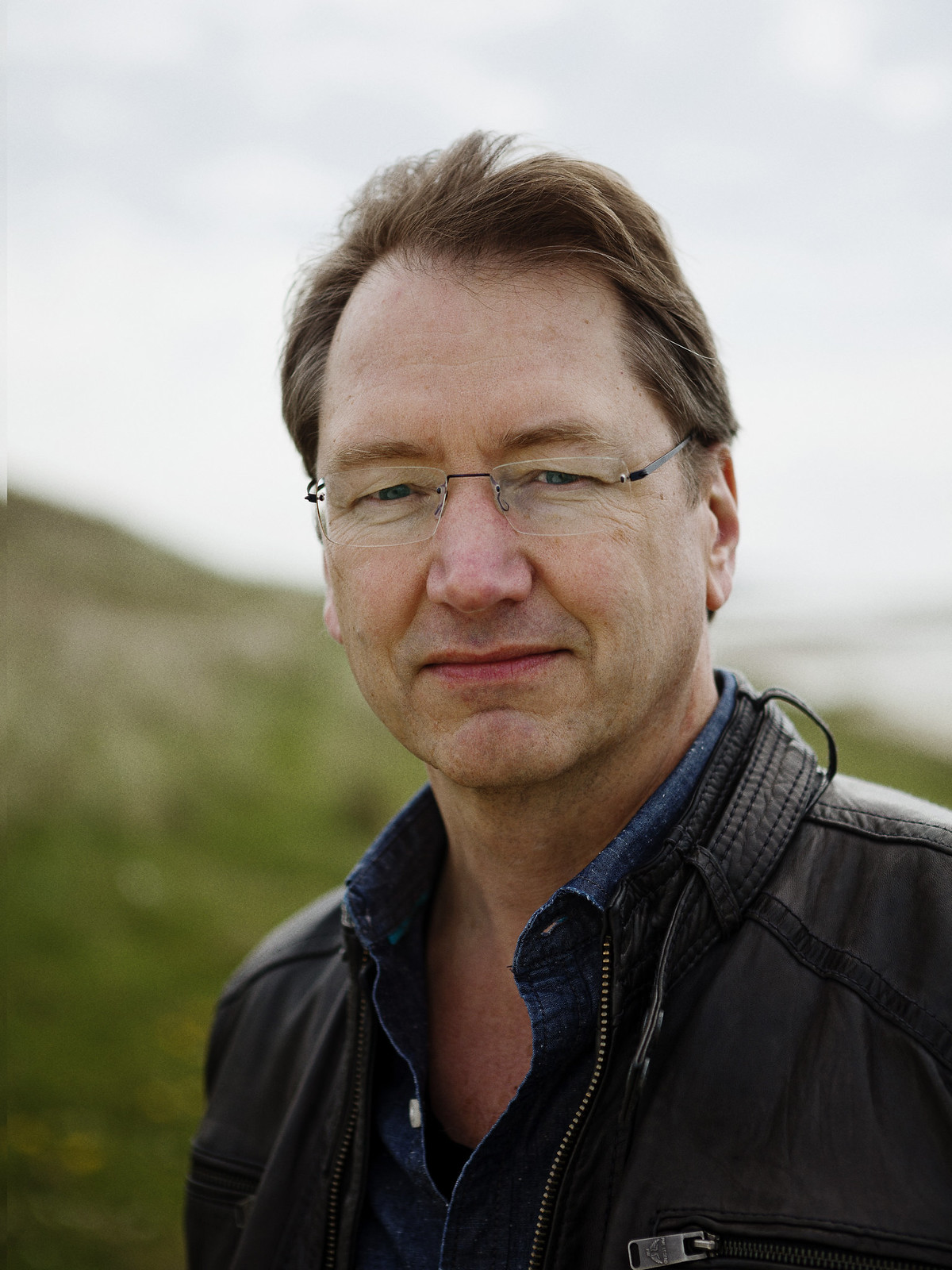The Royal Netherlands Academy of Arts and Sciences (KNAW) has awarded the Dr A.H. Heineken Prize for Environmental Sciences 2014 to Professor Jaap Sinninghe Damsté, head of department at NIOZ Royal Netherlands Institute for Sea Research and Professor of Organic Geochemistry at Utrecht University (Netherlands).
Professor Sinninghe Damsté received the prize for his tremendous contributions to the discovery and development of ‘chemical fossiles’, which help us reconstruct the history of the earth’s biosphere.
Researcher
Jaap Sinninghe Damsté was born in Baarn (Netherlands) on 1 January 1959. He commenced a study in Chemical Engineering at the Technical University Delft (Netherlands), but gradually became more interested in fields like biology and geology.
His Ph.D. research brought all of these fields together. In 1988 he graduated in Delft on a geochemical study into the origins of organic sulfur present in crude oil.
Sinninghe Damsté became a researcher for the Royal Netherlands Institute for Sea Research (NIOZ) in Den Burg (Netherlands). Using a ‘Pioneer’ grant from the Netherlands Organisation for Scientific Research (NWO), he initiated a programme called ‘Molecular paleontology of marine sediments’ in 1993. In this programme, he began developing and widely applying chemical fossils.
Sinninghe Damsté (co)authored about six hundred published papers, 35 of which appeared in Science or Nature. With more than 23,000 citations he ranks among the most productive and most cited sedimentary research scientists worldwide.
He is member of the Royal Netherlands Academy of Arts and Sciences (KNAW). In 2004, he received a Spinoza Grant (€ 1.5 million) from the Netherlands Organisation for Scientific Research (NWO). In 2008 he was awarded a € 2.5 million ‘Advanced grant’ from the European Research Council (ERC) reserved for ‘exceptional established research leaders […] to pursue ground-breaking, high-risk projects’.
Research
Geologists who want to learn about the planet’s ancient past often use fossiles to do so: leftovers of plants or animals that ‘survived’ the formation of rock after they were buried by sedimentation.
With his revolutionary ‘geochemical’ research, Jaap Sinninghe Damsté has expanded this art form towards unicellular organisms — bacteria, algea and ‘archae’ — from prehistoric times. These tiny organisms did not leave visible traces, but they did leave ‘chemical fossiles’: organic chemical compounds that show a particular organism lived there at a particular time.
Sinninghe Damsté searches ancient geological sediments and deep seabeds for biochemical evidence of certain protozoans or certain environmental conditions millions and millions of years ago.
He analysed, for example, cell membranes of archae that thrived in the oceans dozens of millions of years ago. The chemical composition of such membranes varies with the temperature of the surrounding water. That means that chemical analysis of deep, ancient layers of sediment can be used to measure sea water temperatures fifty million or more years ago.
Thanks to this and many other techniques, Sinninghe Damsté and his colleagues have repeatedly shaken up climate research — for example by concluding that 50 million years ago, the temperature of the surface water in the Arctic resembled that of a subtropical pool.
By more widely applying existing techniques (such as DNA identification) and by adding new indicators, Sinninghe Damsté has contributed greatly to our basic knowledge about the planet.
Established ideas about the nitrogen and carbon cycles, both crucial for the planet’s life and climate, were amended because of his work. We now know, for example, that the nitrogen cycle takes place primarily in the darkness of the deep sea. Deep down, bacteria and archae (unicellular organisms resembling both bacteria and algea) together determine how much nitrogen is available for life at the sea surface.
Thanks in great part to Sinninghe Damsté’s pioneering work, organic geochemistry has become an integral part of disciplines such as microbial ecology, earth sciences, oceanography and paleoclimatology worldwide. His ongoing development of new techniques and new geochemical indicators will no doubt continue to deepen our understanding about our planet and the microbial life it once harboured.
Video
Video interview with Jaap Sinninghe Damsté, laureate of the Dr A.H. Heineken Prize for Environmental Sciences 2014
Introduction to the work of Jaap Sinninghe Damsté, laureate of the Dr A.H. Heineken Prize for Environmental Sciences 2014
